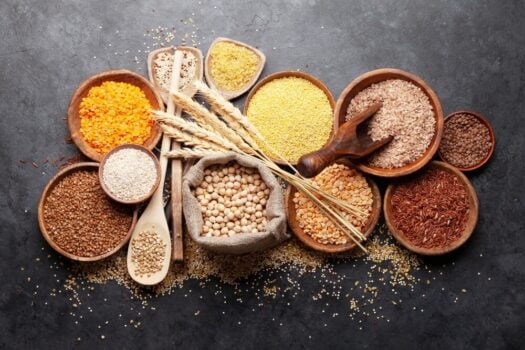Millets, a diverse group of small-seeded grains, have been a staple in human diets for thousands of years, particularly in Asia and Africa. These ancient grains are making a comeback due to their impressive nutritional value, environmental sustainability, and versatility in the kitchen. In this comprehensive guide, we will explore what millets are, the various types of millets, the unique benefits of each variety, top recipes, scientific references supporting their health benefits, as well as the pros and cons of incorporating millets into your diet.
Millets are a group of small-seeded grains that belong to the Poaceae family. They are highly resilient and have adapted to diverse climates, making them an important source of sustenance in regions with challenging agricultural conditions. Millets are gluten-free and often referred to as “nutri-cereals” due to their impressive nutrient profiles. They offer a wide range of health benefits and have garnered attention as a sustainable alternative to traditional cereal crops.
There are several varieties of millets, each with its unique characteristics and nutritional benefits:
Benefits: Pearl millet is renowned for its high protein content, making it an excellent source of plant-based protein. It is also rich in iron, fiber, and important micronutrients like magnesium and phosphorus. This makes it a valuable grain for enhancing hemoglobin levels, aiding digestion, and supporting overall health.
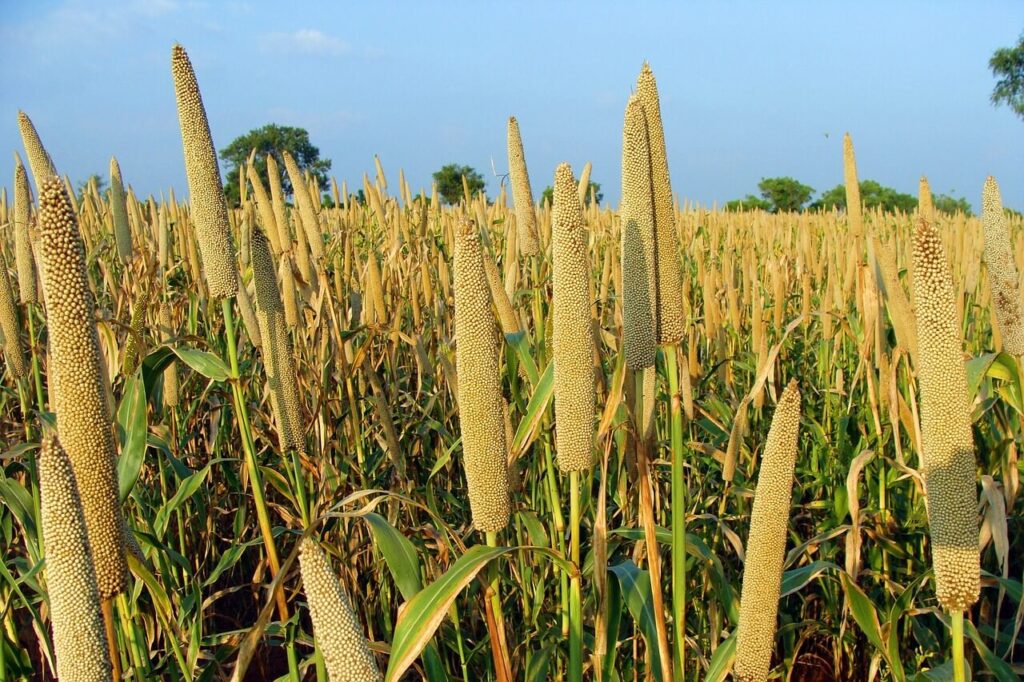

Benefits: Ragi is a nutrient-dense millet, often referred to as the “finger millet powerhouse.” It is an exceptional source of calcium, iron, amino acids, and essential nutrients like vitamin D and B-complex vitamins. Ragi is particularly recommended for individuals with iron-deficiency anemia, as well as for promoting bone health and overall vitality.
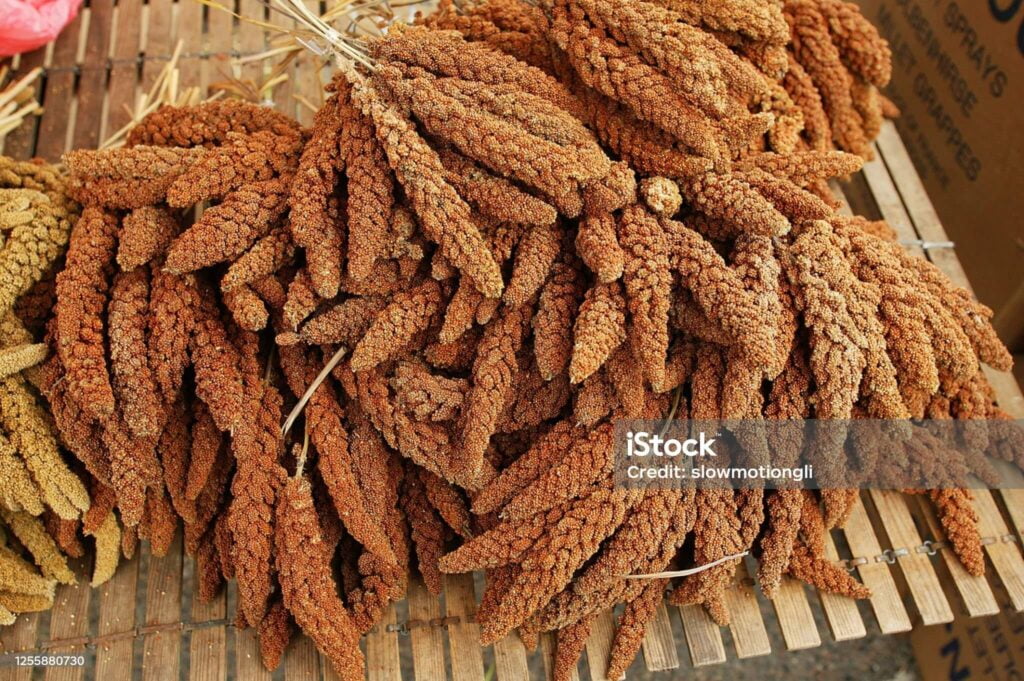
Benefits: Foxtail millet is gluten-free and a good source of dietary fiber, providing numerous digestive benefits. It also contains essential minerals like copper and magnesium, making it an ideal choice for individuals with gluten sensitivities and those aiming to improve digestive health.
Benefits: Proso millet is celebrated for its antioxidant properties, which contribute to overall health. It contains significant levels of minerals such as magnesium, phosphorus, and B vitamins. Proso millet is associated with reducing the risk of chronic diseases and promoting heart health.

Benefits: Little millet is characterized by its high fiber content, which aids in weight management and supports digestive health. It is also a source of essential amino acids, making it a valuable addition to a balanced diet.
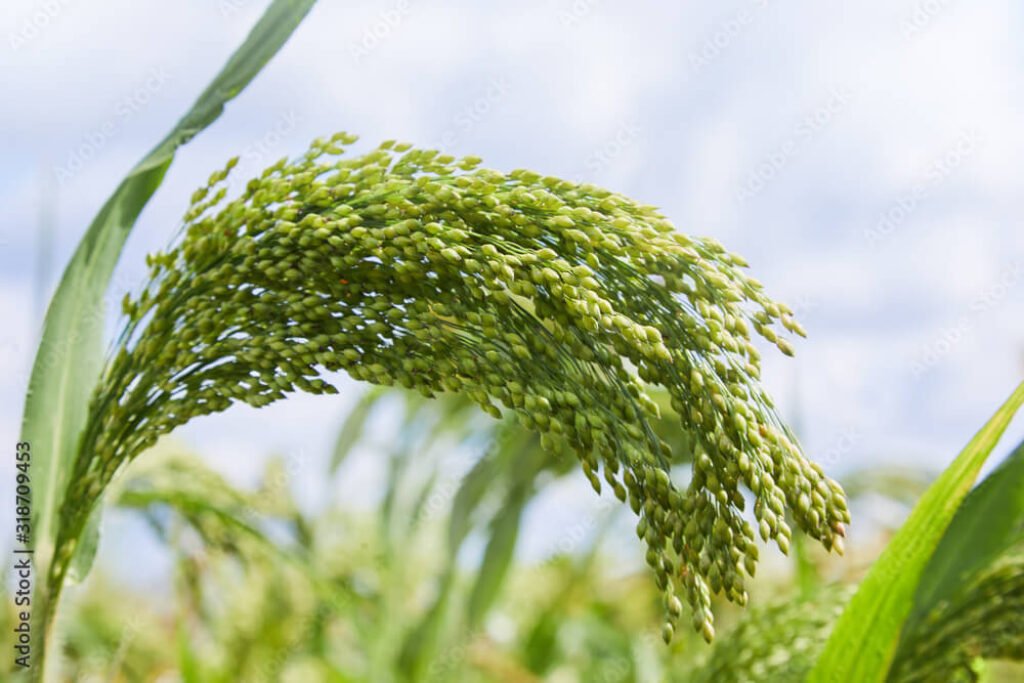
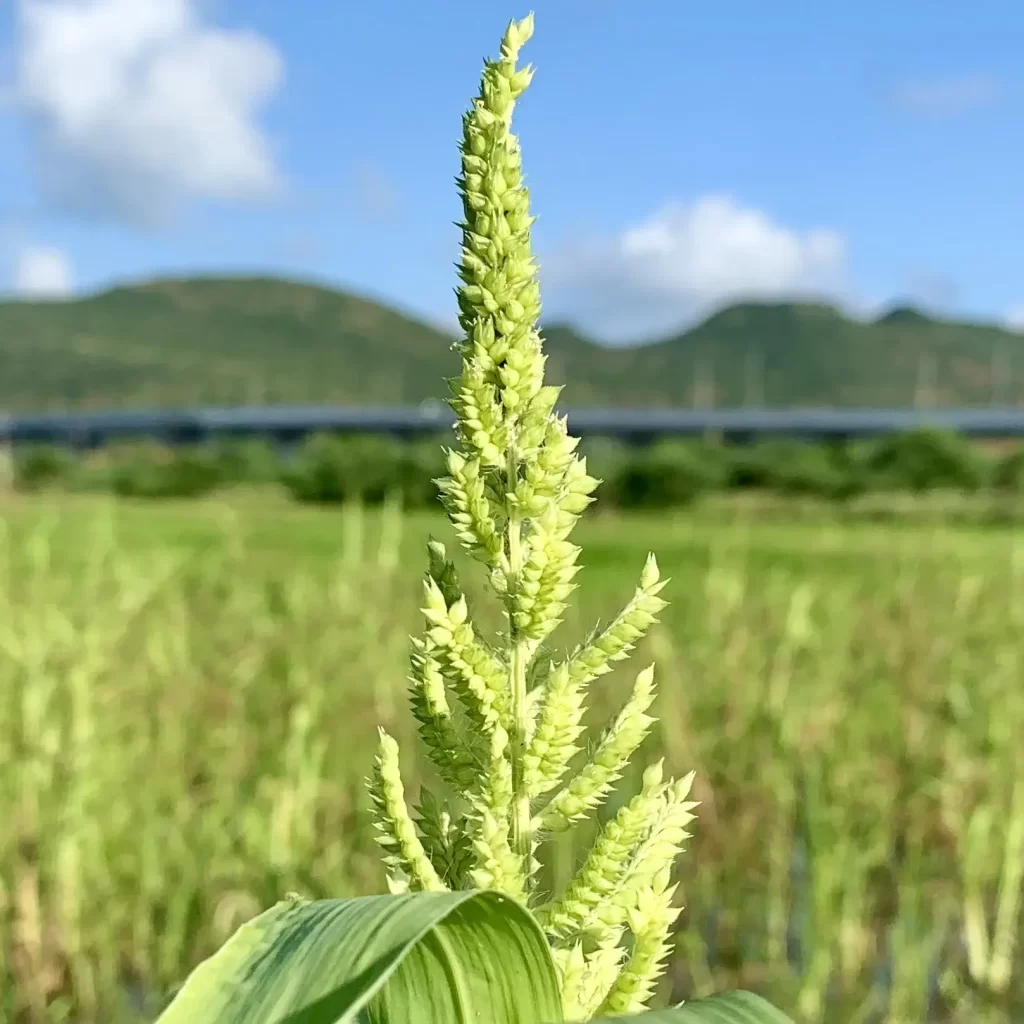
Benefits: Barnyard millet is rich in micronutrients and is often recommended for managing blood sugar levels. This makes it a suitable choice for individuals looking to regulate their blood sugar, including those with diabetes.
Millets offer a wide array of health benefits, which have contributed to their resurgence in popularity:
- Nutrient-Dense: Millets are packed with essential vitamins, minerals, and amino acids, offering a wide range of nutrients in a single package.
- Gluten-Free: Most millets are naturally gluten-free, making them suitable for individuals with gluten intolerance or celiac disease.
- Low Glycemic Index: Millets have a low glycemic index, aiding in the regulation of blood sugar levels and reducing the risk of type 2 diabetes.
- Digestive Health: Millets are rich in dietary fiber, which promotes healthy digestion and prevents constipation.
- Weight Management: Due to their high fiber content and relatively low-calorie count, millet can be beneficial for weight management.
- Heart Health: Certain millets, such as Proso millet, help reduce cholesterol levels, lower blood pressure, and support heart health.
- Sustainability: Millets require less water and fewer resources to grow compared to other major cereal crops, making them environmentally friendly.
- Availability: The availability of millets may vary by region, making them less accessible in some areas.
- Cooking Techniques: Different millet types may require various cooking methods and times, necessitating some adjustment for inexperienced cooks.
- Taste and Texture: The unique taste and texture of millets may take some time to get used to for those unfamiliar with these grains.
Incorporating millet into your diet can be both nutritious and delicious. Here are some top millet recipes to get you started:
Ragi Mudde: A traditional South Indian dish, ragi mudde is a dense, nutritious ball made from finger millet flour. It is typically served with sambar or other spicy accompaniments.
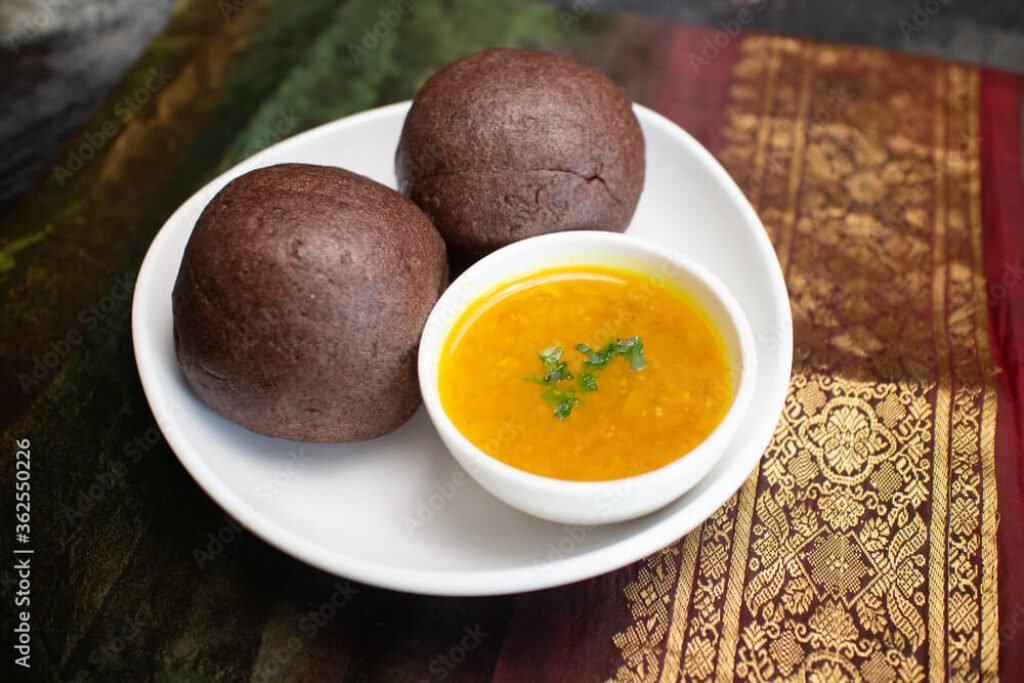
Bajra Roti: Bajra roti is a gluten-free flatbread made from pearl millet. It pairs well with a variety of Indian curries and vegetables.

Foxtail Millet Pulao: This fragrant and flavorful pulao is prepared using foxtail millet and an assortment of vegetables, aromatic spices, and herbs. (Madhu Everyday Indian)
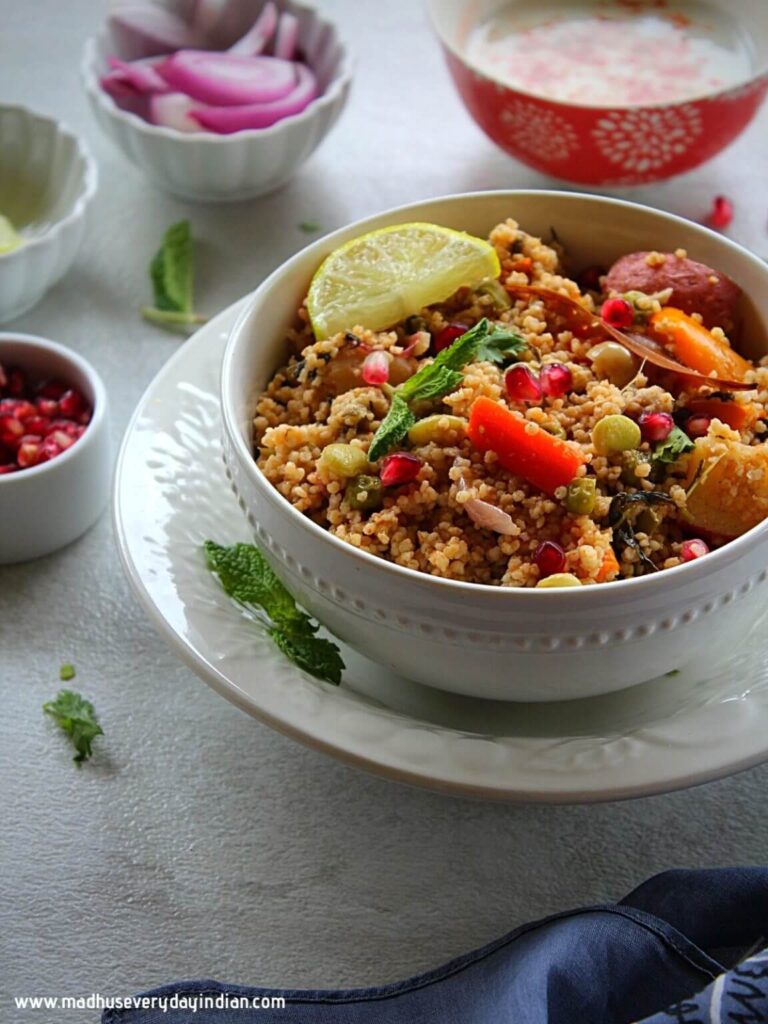
Proso Millet Salad: A refreshing salad that combines proso millet with colorful bell peppers, cucumber, and a zesty vinaigrette dressing.
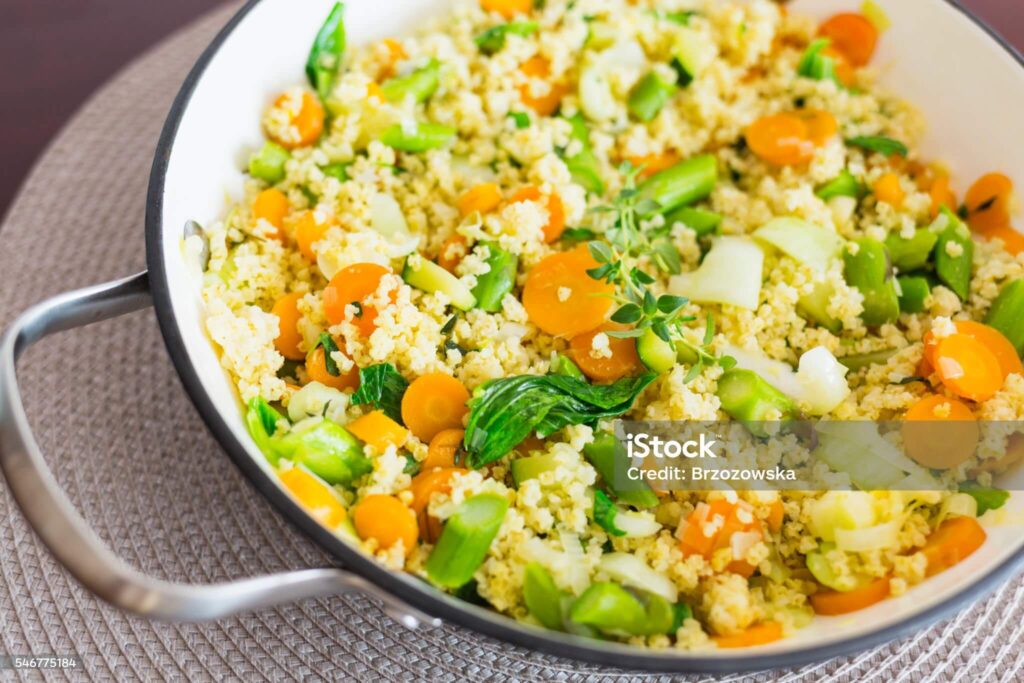
Little Millet Upma: A savory and wholesome dish prepared with little millet, spices, and vegetables. It’s a nutritious breakfast or brunch option. (Indian Veggie Delight).
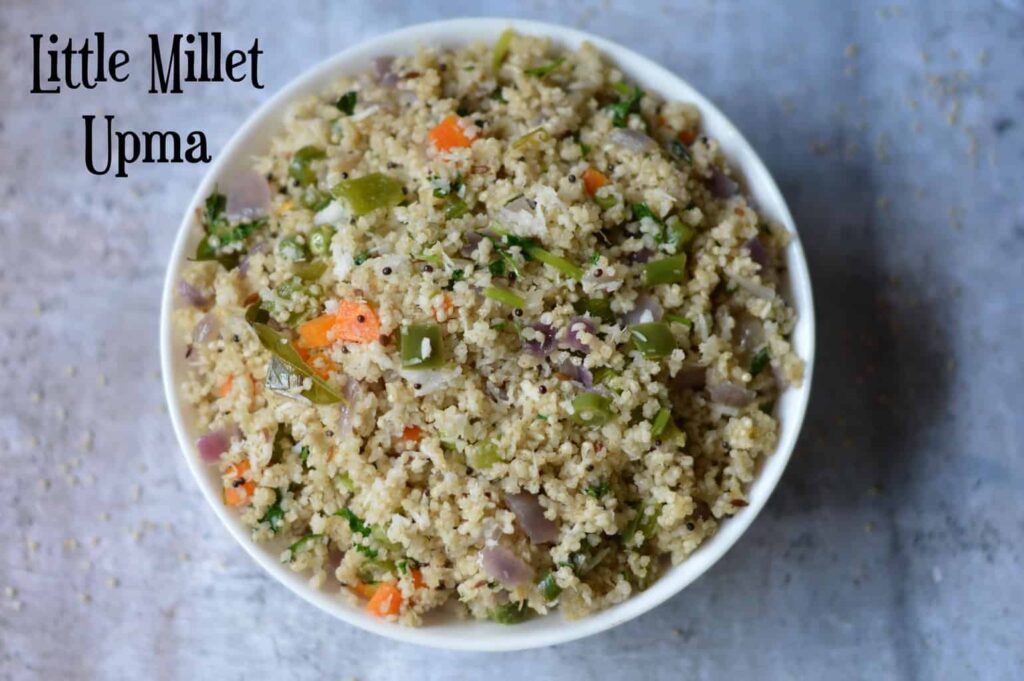
By incorporating millets into your diet, you can experience their wide-ranging health benefits while contributing to a more sustainable and environmentally conscious food system. Remember to consult with healthcare professionals for personalized dietary advice and to consider the availability of millets in your region when making dietary choices.
In the face of the escalating climate crisis, the importance of sustainable agriculture and food systems cannot be overstated. Millets, often referred to as “Nutri-cereals,” play a pivotal role in promoting climate sustainability. As an expert, I’ll elucidate why millets are essential in the current climatic sustainability situation.
Millets are inherently hardy and drought-resistant crops. They require minimal water for cultivation, making them exceptionally well-suited to arid and semi-arid regions. This resilience to water scarcity is becoming increasingly crucial as climate change leads to erratic rainfall patterns and prolonged droughts.
The cultivation of millets fosters biodiversity in agricultural landscapes. Their growth doesn’t rely heavily on chemical fertilizers and pesticides, thereby reducing the environmental impact. In addition, the intercropping of millets with other crops contributes to healthier ecosystems.
Unlike resource-intensive monoculture practices, millets’ low fertilizer and pesticide requirements translate to a reduced carbon footprint. This sustainable approach contributes to mitigating the adverse effects of climate change.
Water scarcity is a growing concern worldwide. Millets’ efficient use of water resources is a game-changer, especially in regions where water is becoming scarcer due to climate-induced droughts.
Millets enrich soil health, enhancing its resilience to climate change. Their deep root systems help prevent soil erosion, reduce soil degradation, and enhance its overall fertility.
Climate change poses a threat to global food security. The diverse range of millets provides a buffer against crop failure due to changing weather patterns. Millets offer a sustainable and nutritious food source, even in challenging conditions.
Millets’ long shelf life and lower weight make them an eco-friendly choice for transport and storage. This reduces the carbon emissions associated with food distribution.
The cultivation and consumption of millets are deeply rooted in many traditional cultures. By promoting millets, we preserve and celebrate this invaluable traditional knowledge, which often holds the key to sustainable practices.
Millets are rich in essential nutrients, contributing to the health and well-being of communities, especially in areas prone to food insecurity exacerbated by climate change.
From millet-based flatbreads to soups, stews, and salads, these grains are incredibly versatile in the kitchen. By incorporating millet into our diets, we promote their growth and sustainability.
In summary, millets are a beacon of hope in the realm of climate sustainability. Their resilience, low environmental impact, and nutritional benefits make them an essential component of climate-resilient agriculture and a sustainable food future. As we grapple with the challenges of a changing climate, embracing millets is not just a choice; it’s a necessity for a more sustainable and climate-resilient world.
Medical References, articles and video links, and Millets and its benefits
These articles and videos provide valuable insights into the vital role that millets play in climate sustainability, sustainable agriculture, and global food security. They offer a comprehensive understanding of the benefits and potential of millets in addressing climate change and promoting environmental resilience.
1. Effect of Millet Consumption on Type 2 Diabetes: A study published on PubMed investigated the impact of millet consumption on glycemic control and diabetes management.
2. Millets and Heart Health: The American Heart Association explores the relationship between millets and heart health, emphasizing the role of these grains in reducing the risk of cardiovascular diseases.
3. Harvard T.H. Chan School of Public Health – “The Nutritional Value of Millets”: This article explores the nutritional richness of millets and their potential role in a healthy diet.
4. The Guardian – “Millets: The Future of Food”: An insightful piece discussing the potential of millets to revolutionize food systems and enhance food security.
5. “Millets: A Solution to Agrarian and Nutritional Challenges”: Authors: B. Dayakar Rao and P. Muthuraman. Publication: International Journal of Agriculture, Environment, and Biotechnology, 2013.
6. “Millets: A Systematic Review on Nutritional Composition, Health Benefits, and Processing”. Authors: Shiny, C.S., Mukherjee, Aniruddha. Publication: Journal of Food Science and Technology, 2020
7. “Millets: A Sustainable Agriculture System to Overcome the Climate Change Impact on Global Food and Nutrition Security”. Authors: Kumar, S., Kumar, N., Kumar, S., Dubey, D., Singh, A.K.
Publication: Agroecology and Sustainable Food Systems, 2020
8. “Millets for Food and Nutritional Security: Present Status and Future Potential”. Authors: S. Anitha, K. Parthasarathy, and N.K. Sharma. Publication: International Journal of Agricultural and Biological Engineering, 2014
9. “Millets: The underexplored crops”. Authors: Sundaram, P., Viswanath, P. Publication: The Crop Journal, 2015

